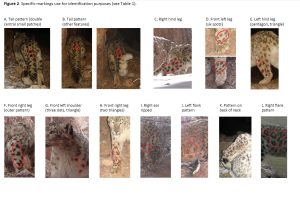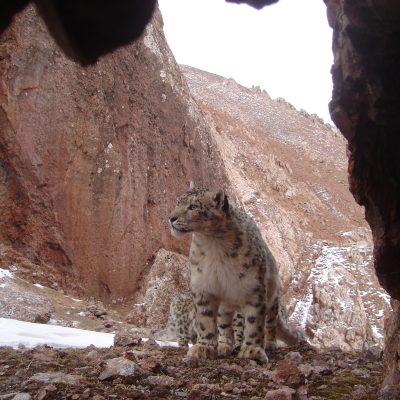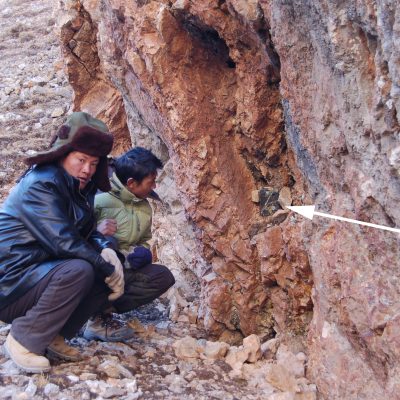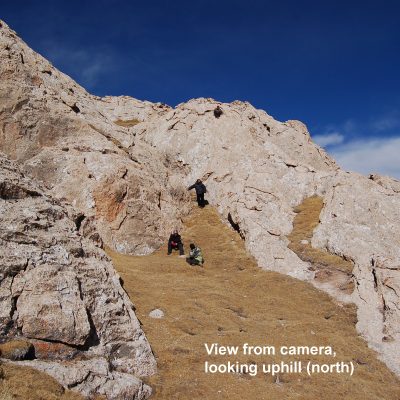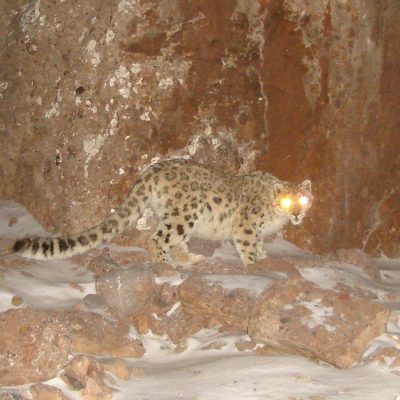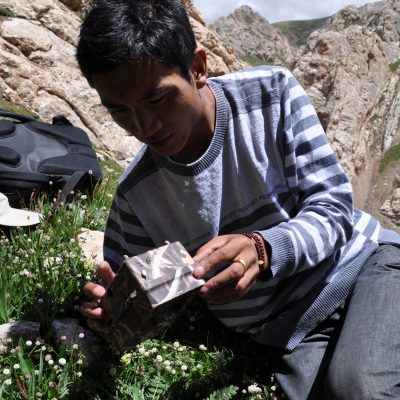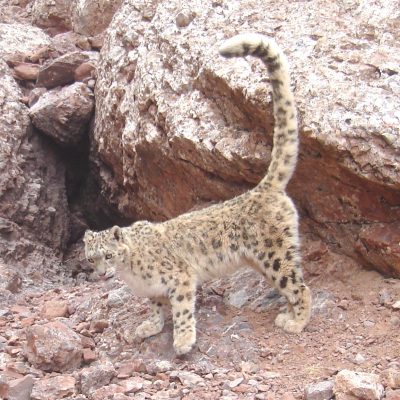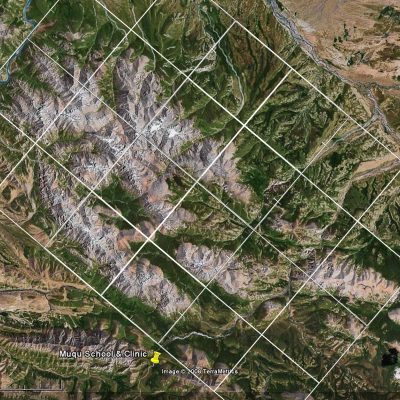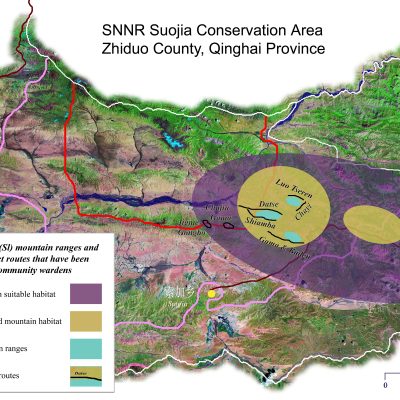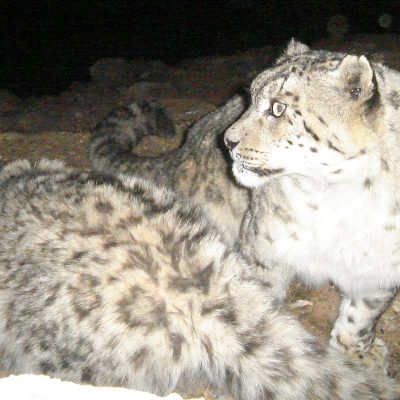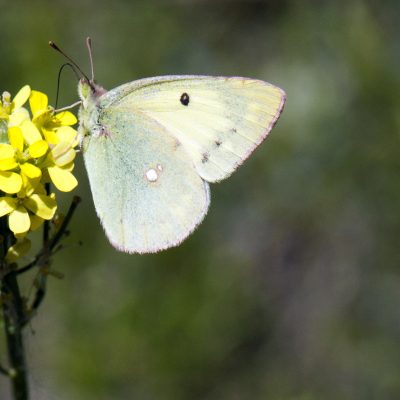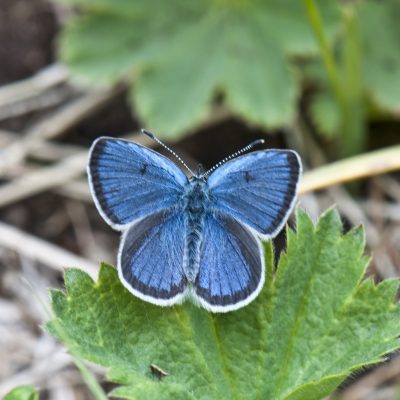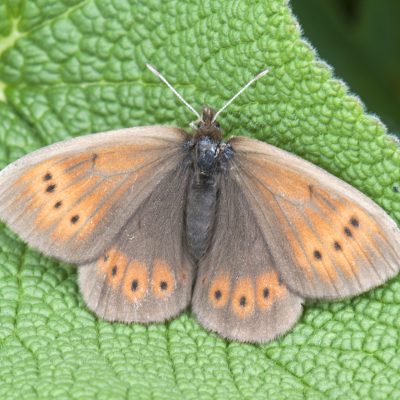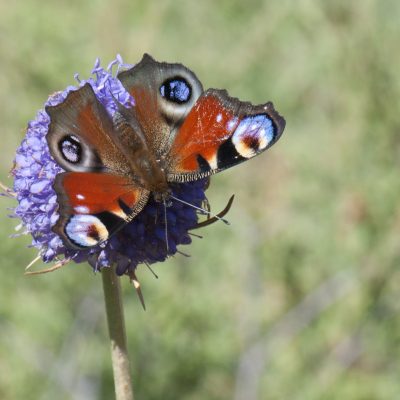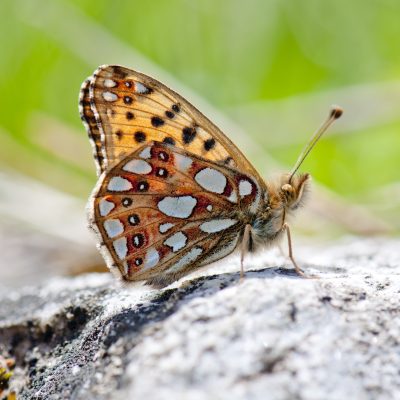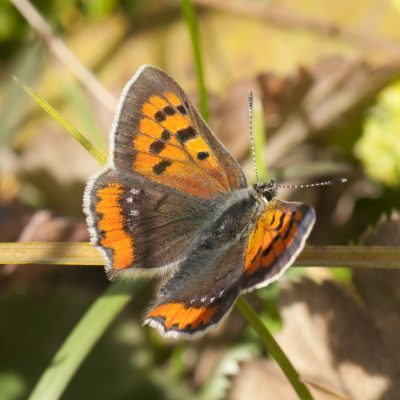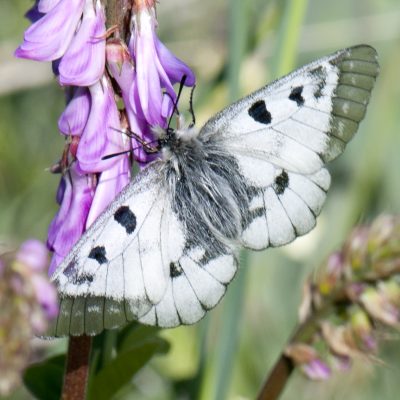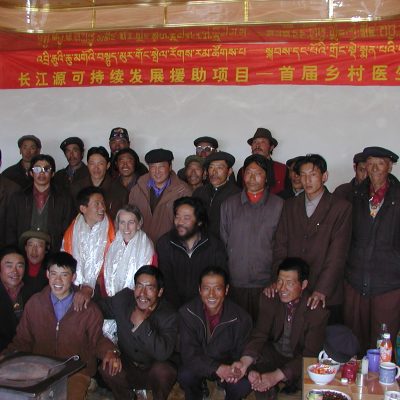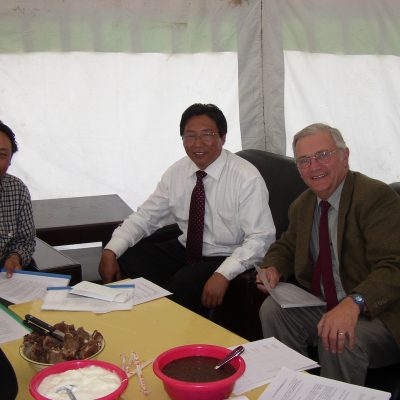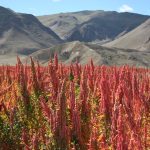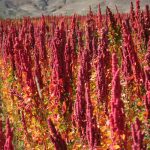When such values are recognised and brought into conversations about environmental stewardship, they can strengthen collective action, broaden public engagement, and help foster more enduring, community-rooted approaches to protecting nature.
Everyone interprets and interacts with the natural world through particular lenses, whether consciously or not. Faith traditions and broader worldviews shape how people understand nature, value it, and act within it. Conservation is no exception. Despite its aspirations, it has often been guided by technical, financial, and state-centric approaches that overlook the moral, relational, and cultural dimensions of care. In response, it is important to work with people and communities whose perspectives foreground relational values, including faith actors, rather than viewing nature through instrumental or intrinsic value frames only. Further, such engagement should not be transactional. It calls for honesty, humility, and dialogue that supports mutual learning.
People of faith and local communities who live out their relational worldviews play a critical role in shaping the planet’s future. In a globalised world, where decisions made in one place will likely have far-reaching effects elsewhere, their contributions are more important than ever before. Yet, effective engagement and dialogue requires more than establishing communication channels; it involves recognising them as co-governance partners whose moral authority, social capital, and cosmological or theological understandings can strengthen and transform conservation practice.
Recent and ongoing activities and partnerships illustrate our engagement in this important area:
(1) Participation in panel discussion at the World Conservation Congress 2025, “The Missing Piece in Conservation? Engaging World Faiths and Worldviews at the Grassroots”
– Multi-speaker dialogue in the form of a panel discussion about faith and conservationentitled (podcast format); organised by Nicholas Warren (A Rocha International), Chantal Elkin (WWF-UK) and Bas Verschuuren (IUCN), and hosted by Judith Ochieng (A Rocha Kenya). Panellists included leaders from A Rocha International, WWF’s Beliefs & Values Programme, IUCN’s Specialist Group on Cultural and Spiritual Values of Protected Areas, Plateau Perspectives, the Islamic Foundation for Ecology and Environmental Sciences, and researchers of sacred natural sites, with insights from Christian, Islamic, Buddhist, and Indigenous traditions.
– Discussion underscored a common theme: conservation is a cultural and moral endeavour, not just an ecological one. A Rocha International reported “the session closed with a shared call for a new kind of collaboration, one that treats faith communities as equal partners and recognises that caring for nature is both a scientific and a moral responsibility” (a printable PDF version of this report is also available here).
– For more information, see the IUCN CEESP Religion, Spirituality, Conservation and Climate Justice Specialist Group, as well as Guidance Notes on the Cultural and Spiritual Significance of Nature and a short film produced by IUCN CEESP and the Society for Conservation Biology.
(2) Practical scholarship on relational thinking (in collaboration with Dr Daniele Brombal, Lab on Area studies for Sustainability Transformations, Ca’ Foscari University of Venice)
– Outcome of study retreat about anticipated impacts of the Belt and Road Initiative on social-ecological systems: The Cansiglio Declaration: Advancing a common ‘Charter of Values’ for the mutual benefit and well-being of living communities along the New Silk Roads (Brombal et al., 2019). Marco Polo Centre for Global Europe-Asia Connections.
– Article on relational values in sustainability sciences: Thinking Like a Mountain: Exploring the Potential of Relational Approaches for Transformative Nature Conservation (Foggin et al., 2021).
– Article about transforming EIAs to increase the voice and agency of local communities: Life Beyond the Checklist: Revitalizing the Potential of Environmental Impact Assessments Through Co-Creation (Brombal, Foggin, et al., forthcoming)
(3) Plateau Perspectives also partners with A Rocha International with whom it shares many values, especially a focus on investing in community—living in good relationship with God, one another, and wider creation. On this basis, we are delighted to announce that we have recently joined the Friends of A Rocha Network.








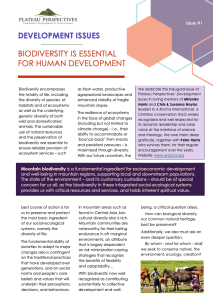
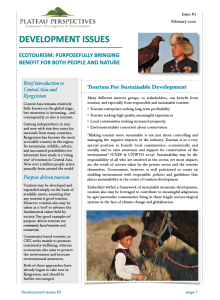
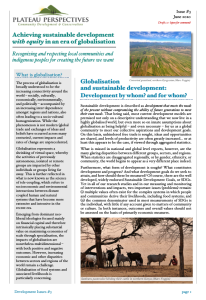

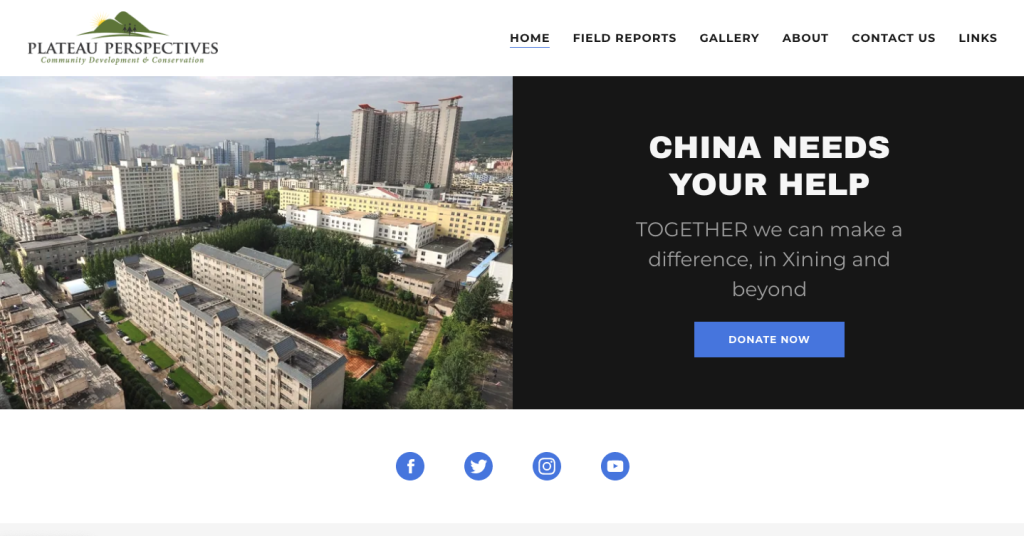

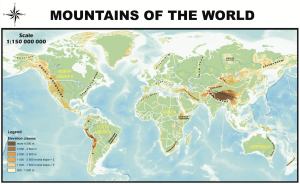
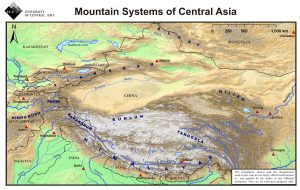

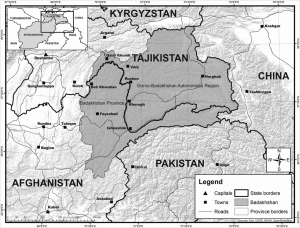
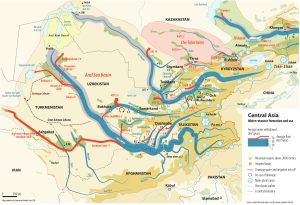

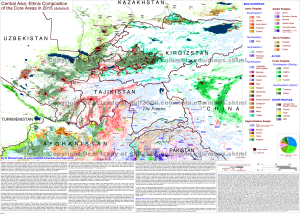

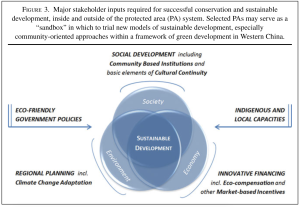
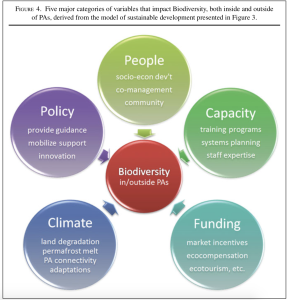

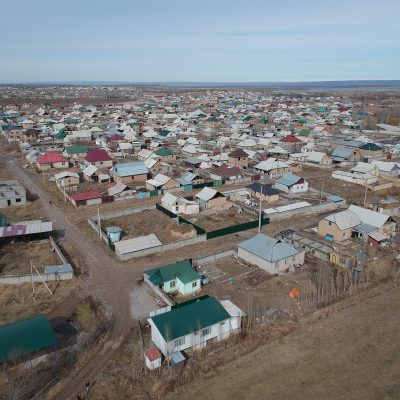









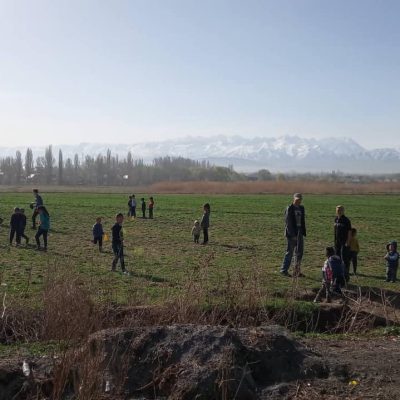

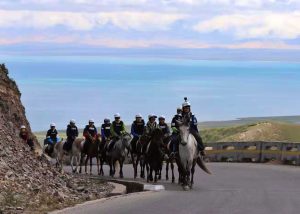














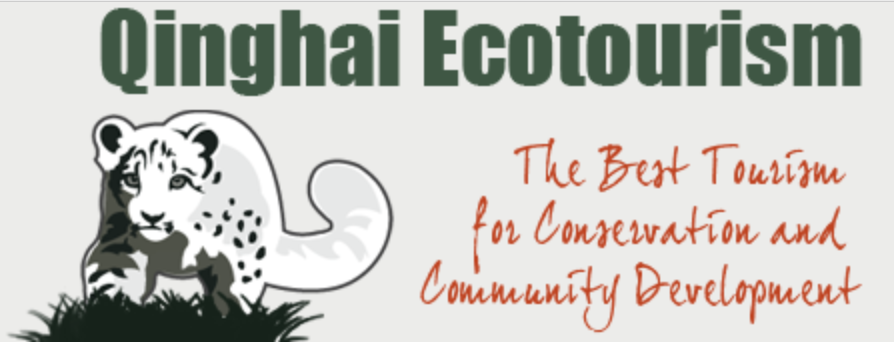

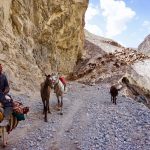



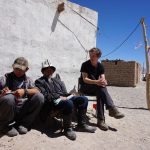


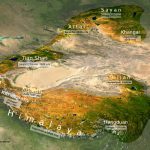
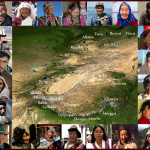

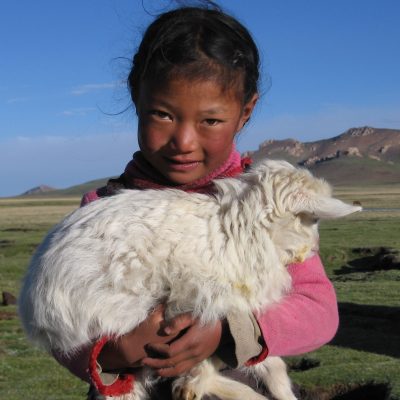
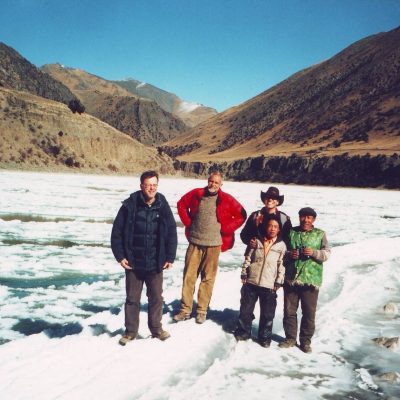
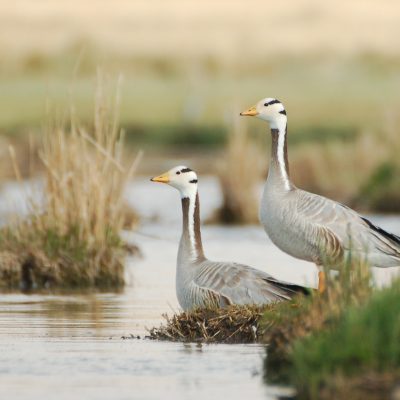




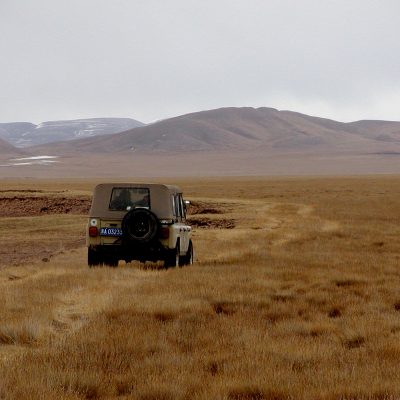

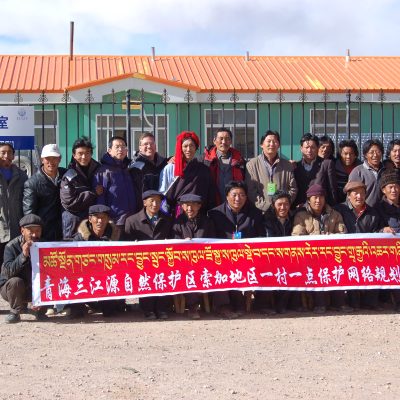
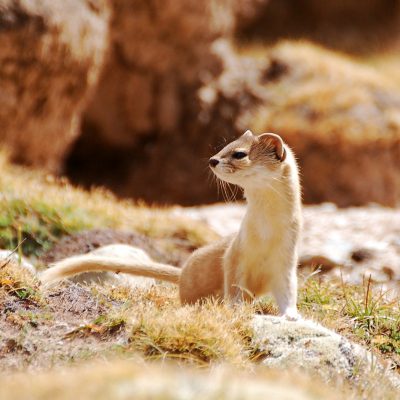



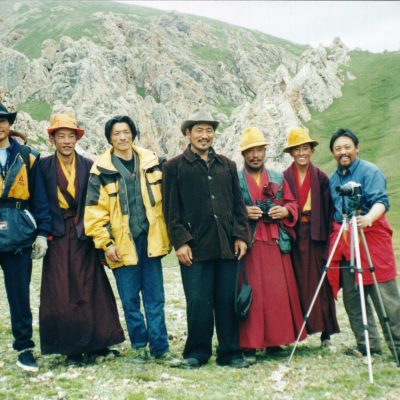


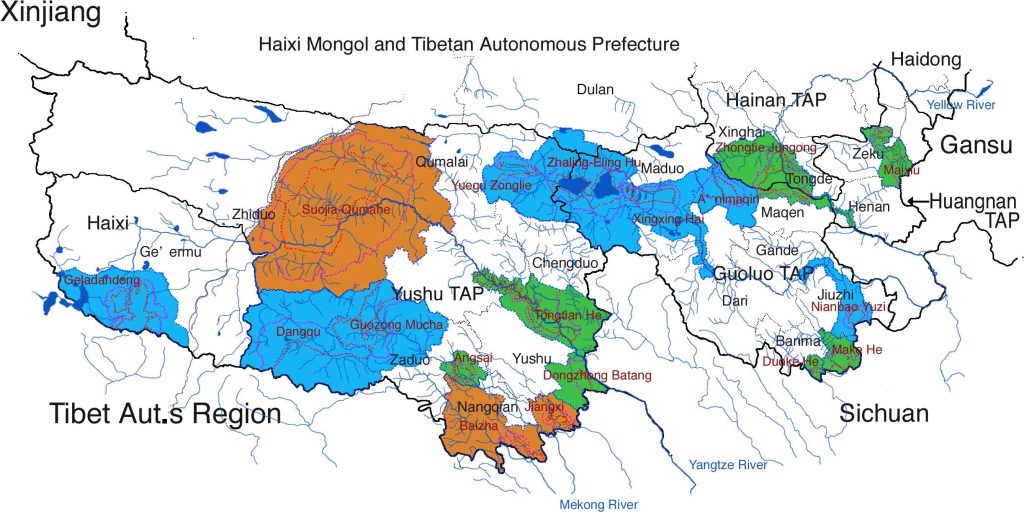




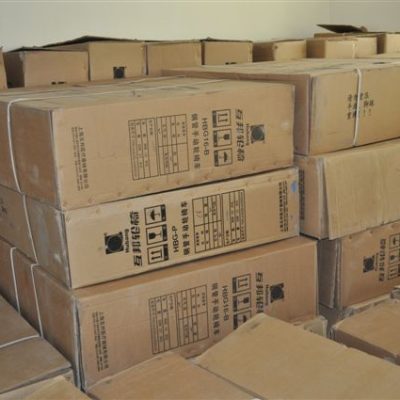
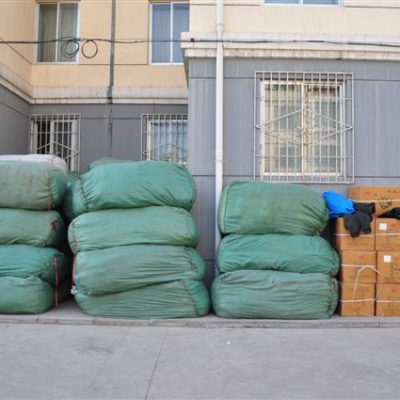
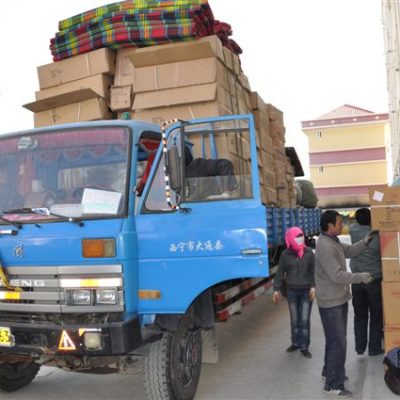

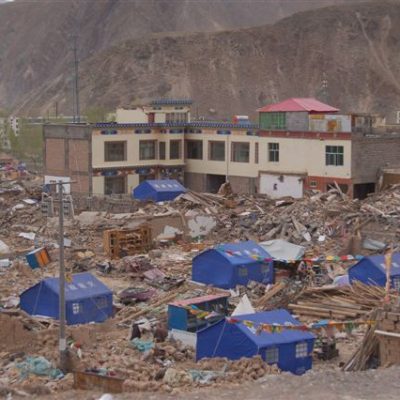

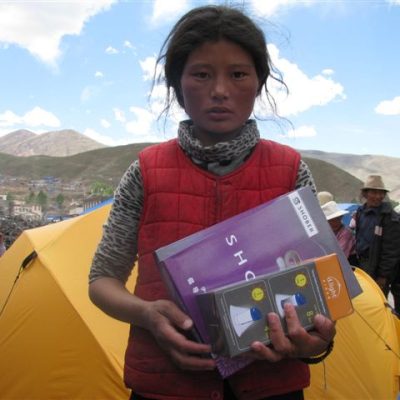
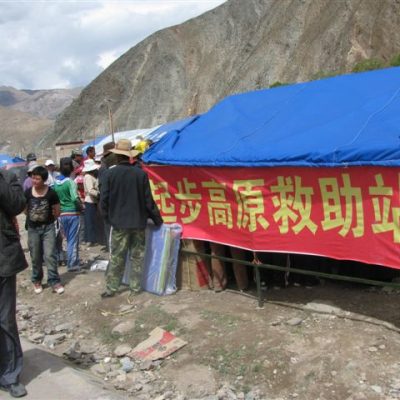
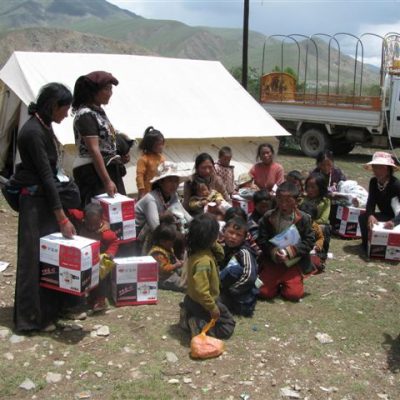

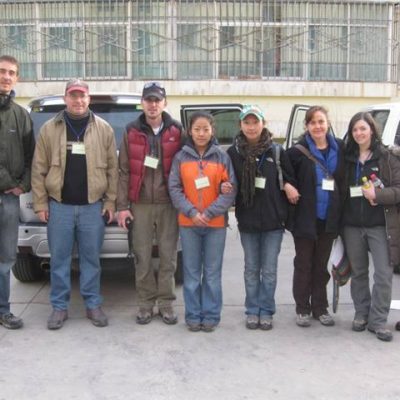





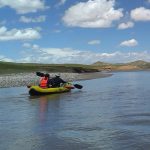









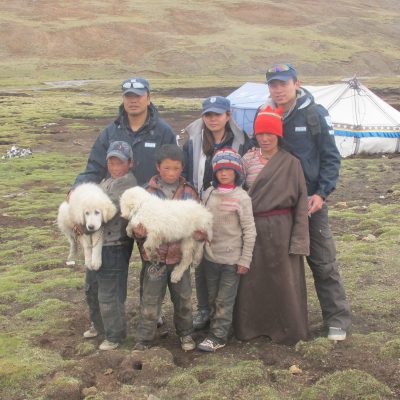
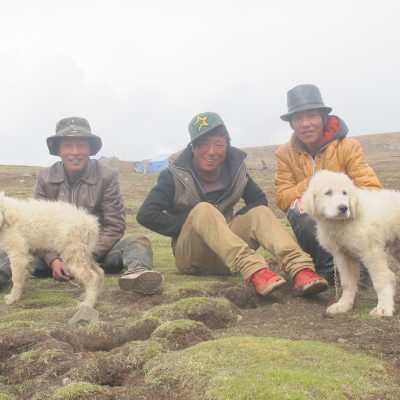



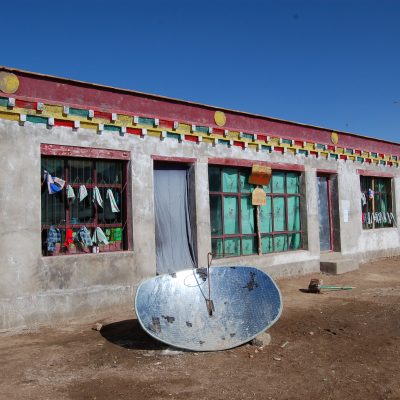

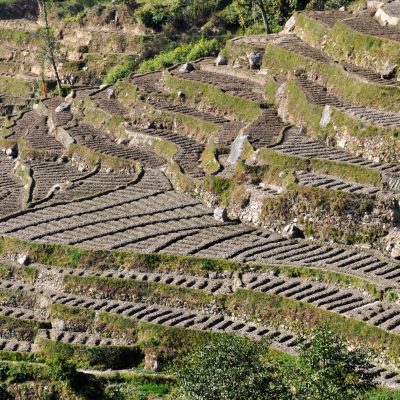

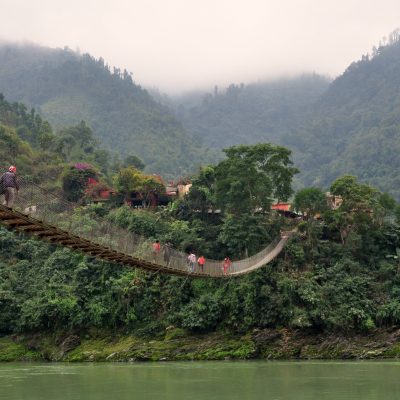
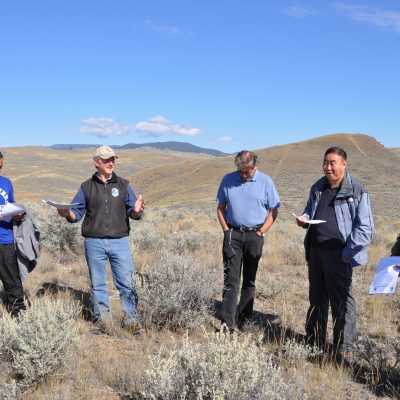

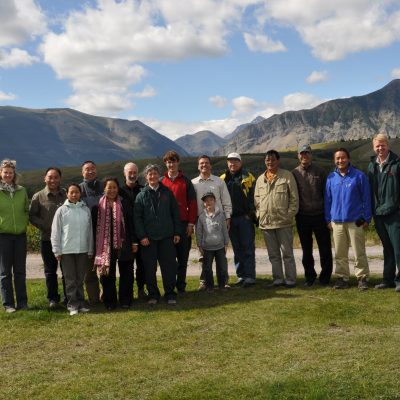
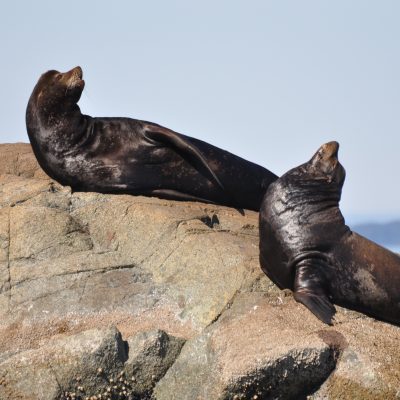
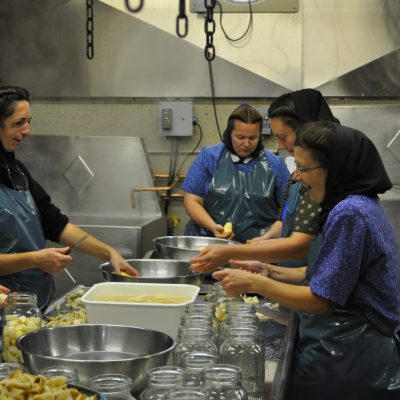
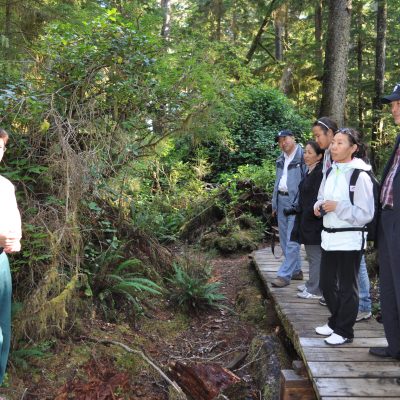
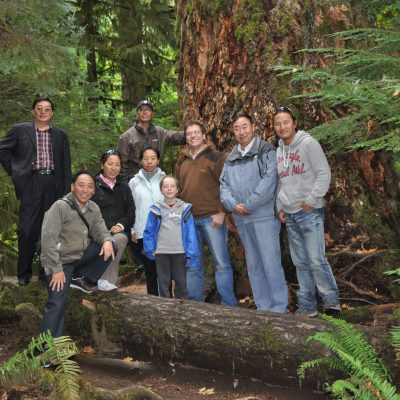




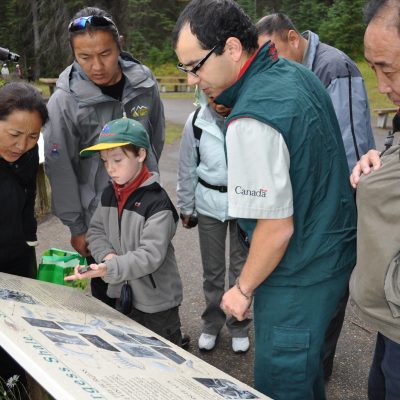





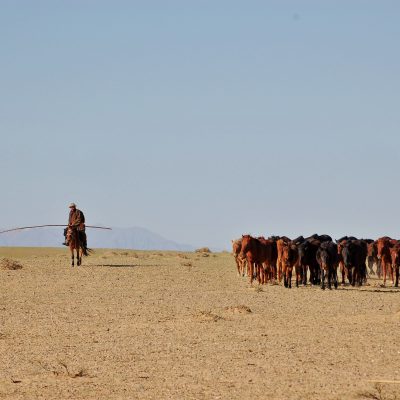
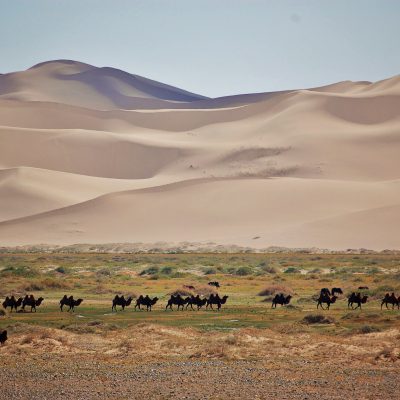




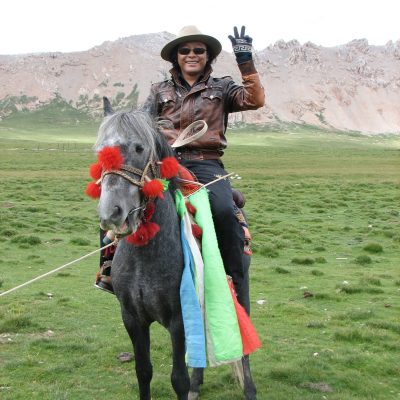




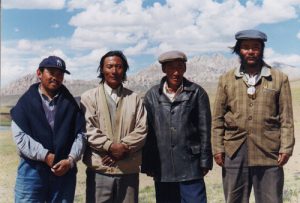 Early on in our engagement with herding communities in Zhiduo county, the need for education was considered a strong priority by local community members. Plateau Perspectives and the NGO Upper Yangtse Organization jointly encouraged and supported two communities, Muqu and Yaqu, to establish village schools. These were set up initially as ‘tent schools’, which were moved several times in their first years of existence as community members discussed and debated their needs and aspirations as well as opportunities and challenges. A few years later, the schools were settled into permanent sites, the tents replaced with buildings. It was a very exciting day when, around 10 years after their initial launch, we met a young man in Xining (the provincial capital) who had just arrived to study at university – one of the first graduates of the Muqu tent school, from so many years ago in the grasslands!
Early on in our engagement with herding communities in Zhiduo county, the need for education was considered a strong priority by local community members. Plateau Perspectives and the NGO Upper Yangtse Organization jointly encouraged and supported two communities, Muqu and Yaqu, to establish village schools. These were set up initially as ‘tent schools’, which were moved several times in their first years of existence as community members discussed and debated their needs and aspirations as well as opportunities and challenges. A few years later, the schools were settled into permanent sites, the tents replaced with buildings. It was a very exciting day when, around 10 years after their initial launch, we met a young man in Xining (the provincial capital) who had just arrived to study at university – one of the first graduates of the Muqu tent school, from so many years ago in the grasslands!


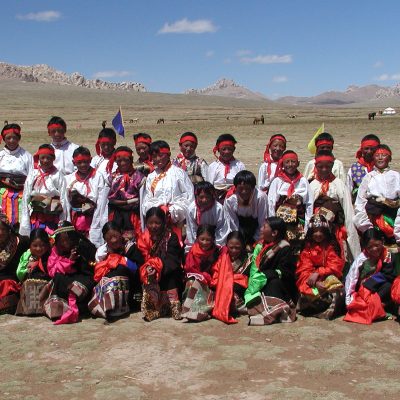
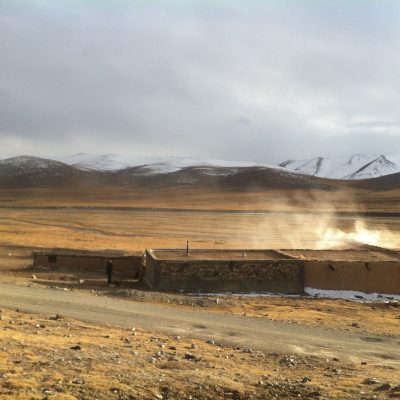


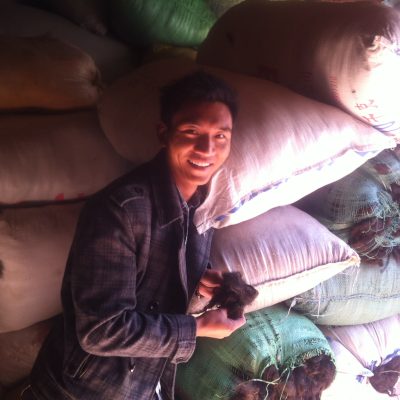
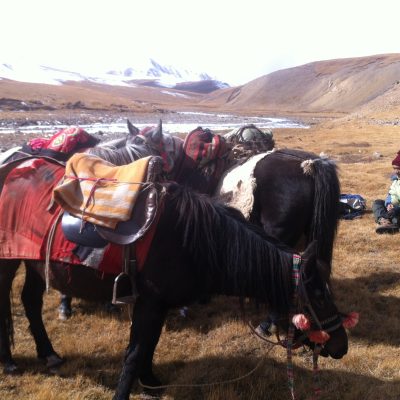
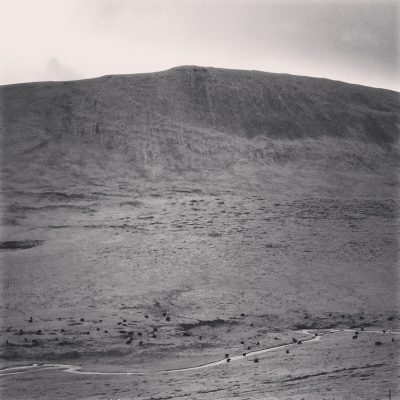


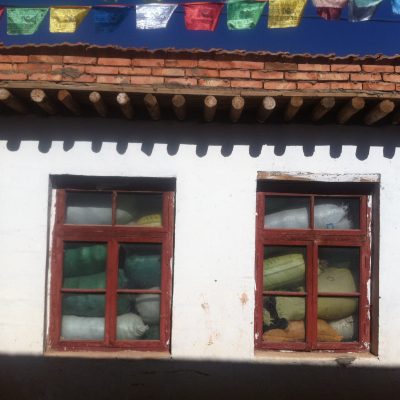
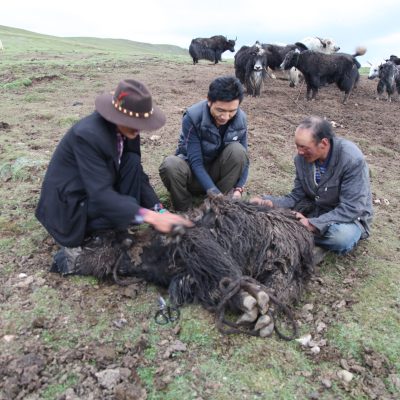
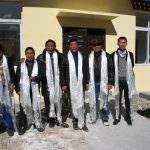
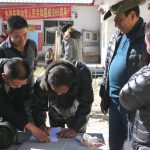
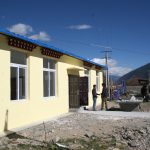
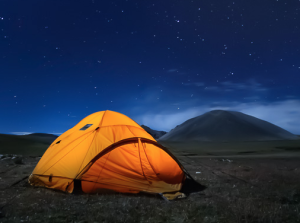 Helping local communities to draft business plans, offering opportunities for training in the tourism services sector and promoting new avenues to market local mountain products and experiences (e.g. destination marketing) are just a few of the approaches that will help community-based ecotourism to develop and bring socioeconomic benefit to areas such as the Tibetan Plateau.
Helping local communities to draft business plans, offering opportunities for training in the tourism services sector and promoting new avenues to market local mountain products and experiences (e.g. destination marketing) are just a few of the approaches that will help community-based ecotourism to develop and bring socioeconomic benefit to areas such as the Tibetan Plateau.




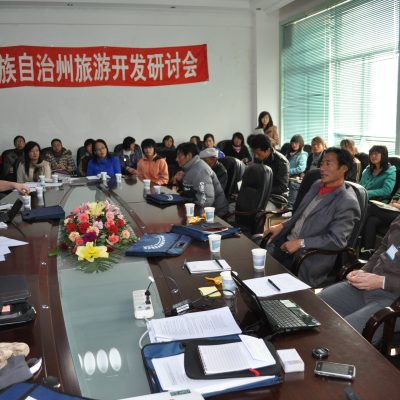

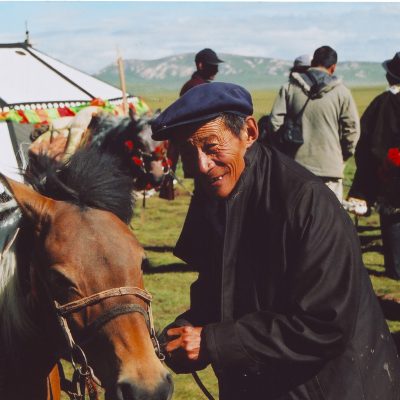

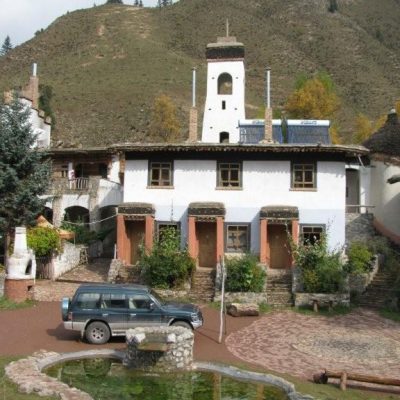

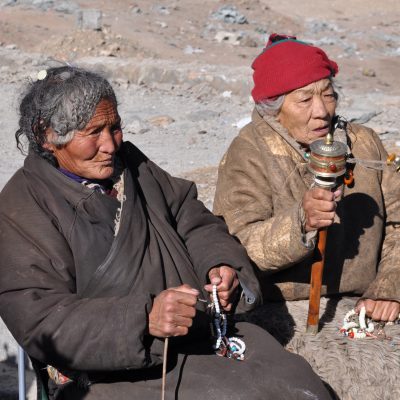





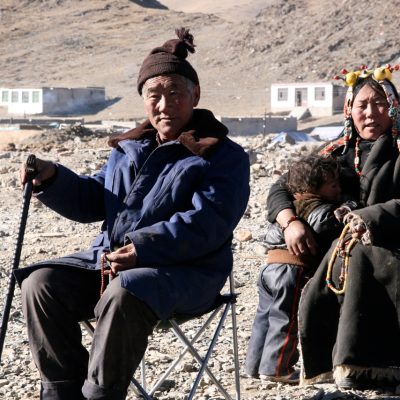





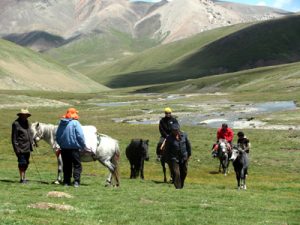 Following several years of close collaboration with Tibetan grassroots organizations in the Yangtze River headwaters, the need for effective community structures that could foster and enable the development of local enterprises became evident. This was further highlighted by successes observed in 2008 in South Gobi (Omnogov), Mongolia, where community groups in grassland areas had recently been organized and strengthened, with excellent socioeconomic effect as well as improved social cohesion and enhanced sense of cultural identity.
Following several years of close collaboration with Tibetan grassroots organizations in the Yangtze River headwaters, the need for effective community structures that could foster and enable the development of local enterprises became evident. This was further highlighted by successes observed in 2008 in South Gobi (Omnogov), Mongolia, where community groups in grassland areas had recently been organized and strengthened, with excellent socioeconomic effect as well as improved social cohesion and enhanced sense of cultural identity. Following market research, the coop members have chosen to focus primarily on the development of ‘ecological’ livestock products (meaning that their pastoral practices should be demonstrably sustainable), on value-add products such as handicrafts, and on community-based ecotourism. A shop and a library have been established in the nearby county town, Zhiduo, to increase members’ access to affordable assets and information. Special trainings also have been delivered to support the development of handicrafts, sewing, computer skills, business management, and trade languages.
Following market research, the coop members have chosen to focus primarily on the development of ‘ecological’ livestock products (meaning that their pastoral practices should be demonstrably sustainable), on value-add products such as handicrafts, and on community-based ecotourism. A shop and a library have been established in the nearby county town, Zhiduo, to increase members’ access to affordable assets and information. Special trainings also have been delivered to support the development of handicrafts, sewing, computer skills, business management, and trade languages.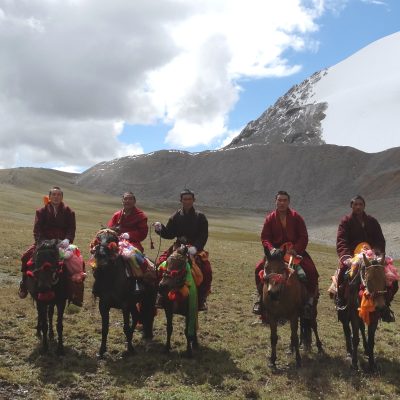
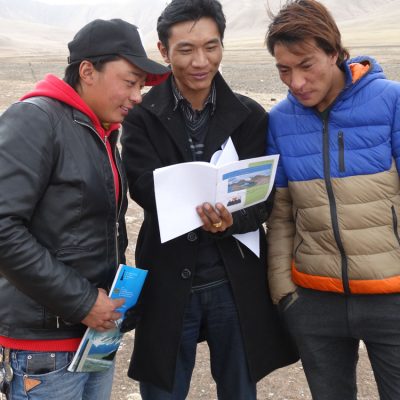

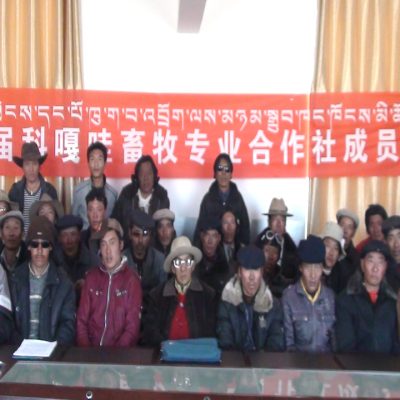
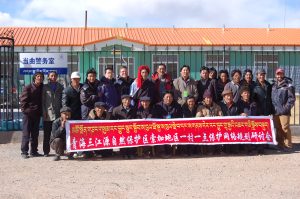 Working in partnership with nature reserve management authorities since 2005, Plateau Perspectives has supported the development and trialling of community co-management. Community members and staff of the nature reserve’s Suojia field station embarked together on the first co-management trial in the region in 2009, jointly focusing their attention on monitoring snow leopard with the use of camera traps, in snow leopard habitat around 5000 metres above sea level. This collaborative work yielded some of the
Working in partnership with nature reserve management authorities since 2005, Plateau Perspectives has supported the development and trialling of community co-management. Community members and staff of the nature reserve’s Suojia field station embarked together on the first co-management trial in the region in 2009, jointly focusing their attention on monitoring snow leopard with the use of camera traps, in snow leopard habitat around 5000 metres above sea level. This collaborative work yielded some of the 
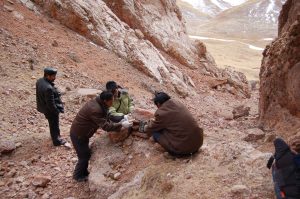 While other NGOs have developed more extensive programs of research and monitoring, Plateau Perspectives continues to develop the human dimensions of protecting the extraordinary landscapes where snow leopard are present. Mechanisms that
While other NGOs have developed more extensive programs of research and monitoring, Plateau Perspectives continues to develop the human dimensions of protecting the extraordinary landscapes where snow leopard are present. Mechanisms that